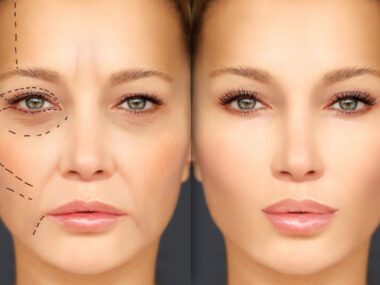Pilates is a popular form of exercise that focuses on improving flexibility, strength, balance, and overall body awareness. Developed by Joseph Pilates in the early 20th century, it has gained widespread popularity due to its many physical and mental benefits.

Benefits
1. Core Strength
- Core strength is a central component of Pilates. The exercises target the muscles of the abdomen, lower back, and pelvis.
- A strong core is essential for maintaining good posture, preventing back pain, and supporting overall stability.
2. Whole-Body Workouts
- Pilates exercises often engage multiple muscle groups simultaneously, providing full-body workouts.
- They emphasize balanced muscle development, ensuring that no muscle group is overused or underused.
3. Flexibility
- Pilates incorporates a range of stretching exercises that help improve flexibility and joint mobility.
- Enhanced flexibility can reduce the risk of injuries and contribute to better posture and range of motion.
4. Posture Improvement
- Pilates encourages body awareness and alignment, which can lead to improved posture.
- Better posture can alleviate common issues like neck and back pain.
5. Breathing Techniques
- Controlled breathing is a fundamental aspect of Pilates. It helps participants connect with their movements and improve focus.
- Proper breathing techniques can reduce stress and promote relaxation.
6. Low Impact
- Pilates exercises are low-impact, making them suitable for individuals of various fitness levels, including those recovering from injuries.
- They are gentle on the joints and do not put excessive strain on the body.
7. Balance and Coordination
- Many Pilates exercises challenge balance and coordination, enhancing proprioception (awareness of body position).
- Improved balance can reduce the risk of falls and injuries.
8. Increased Muscle Tone
- Pilates can help build long, lean muscles without adding bulk. It emphasizes muscle lengthening and strengthening.
- Participants often notice improved muscle tone and definition.
9. Stress Reduction
- Like other forms of exercise, Pilates can reduce stress by promoting the release of endorphins, which are natural mood lifters.
- The mindful and controlled movements can also create a meditative effect.
10. Rehabilitation: Pilates is commonly used in physical therapy and rehabilitation programs to aid recovery from injuries and surgeries. It can help restore range of motion and muscle strength after an injury.
11. Variability and Adaptability: Pilates offers a wide range of exercises and can be tailored to meet individual needs and fitness goals. Equipment like the Reformer and Cadillac can add variety and challenge to workouts.
12. Mind-Body Connection: Pilates encourages mindfulness and a strong mind-body connection, fostering awareness of how movements affect the body. Practicing mindfulness during Pilates can translate to improved focus in daily life.
13. Suitable for All Ages: Pilates is suitable for people of all ages, from teenagers to seniors. It can be adapted to accommodate different fitness levels and physical abilities.
14. Complementary to Other Activities: Pilates can complement other forms of exercise, such as strength training, yoga, or cardiovascular workouts, to create a balanced fitness routine.
In addition to this, whether you’re looking to build a strong core, improve your posture, increase flexibility, or simply reduce stress, Pilates offers a holistic approach to fitness and well-being.
It’s important to learn Pilates from a certified instructor, especially if you’re new to the practice, to ensure that you perform exercises correctly and safely.










